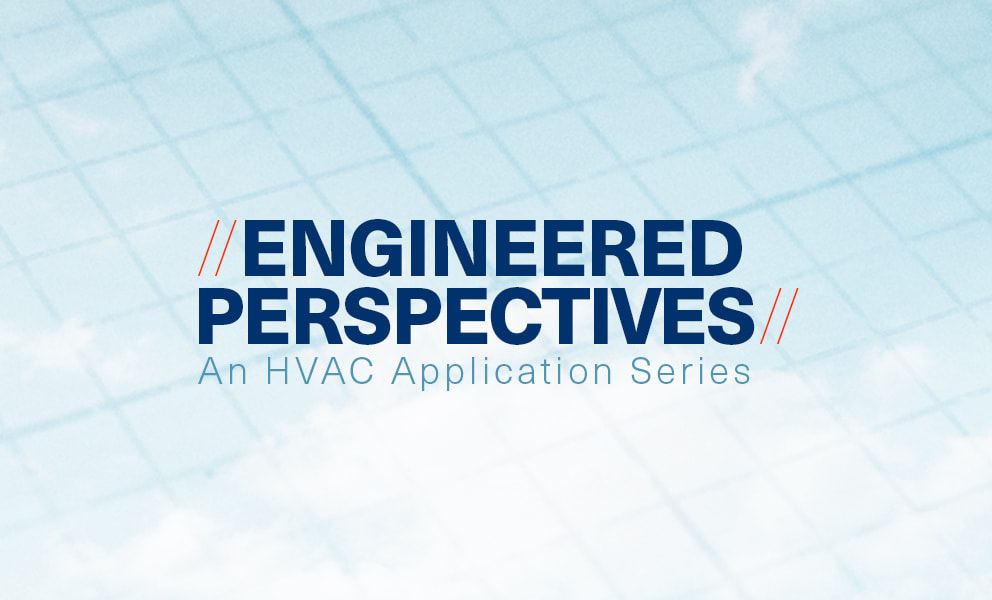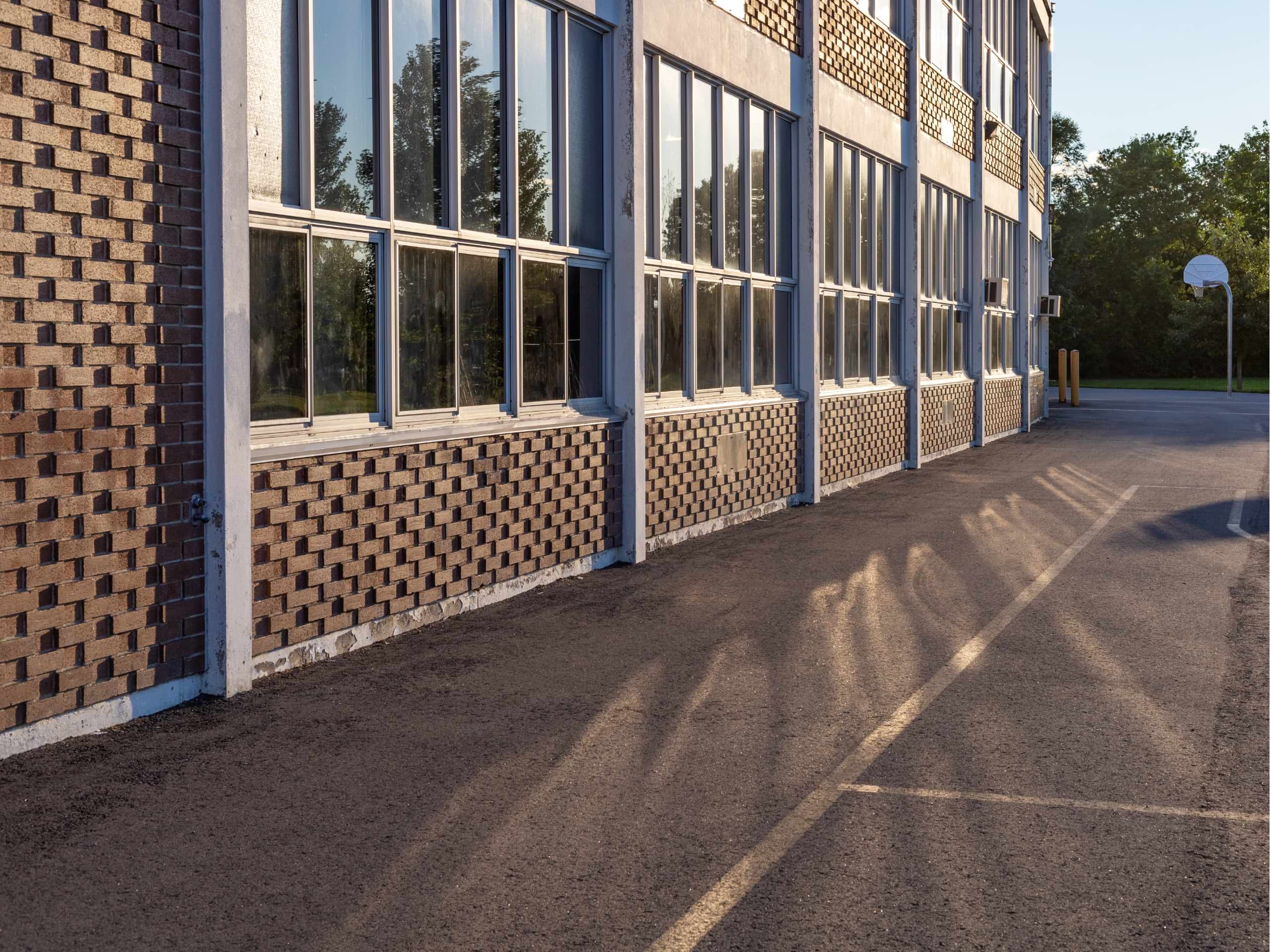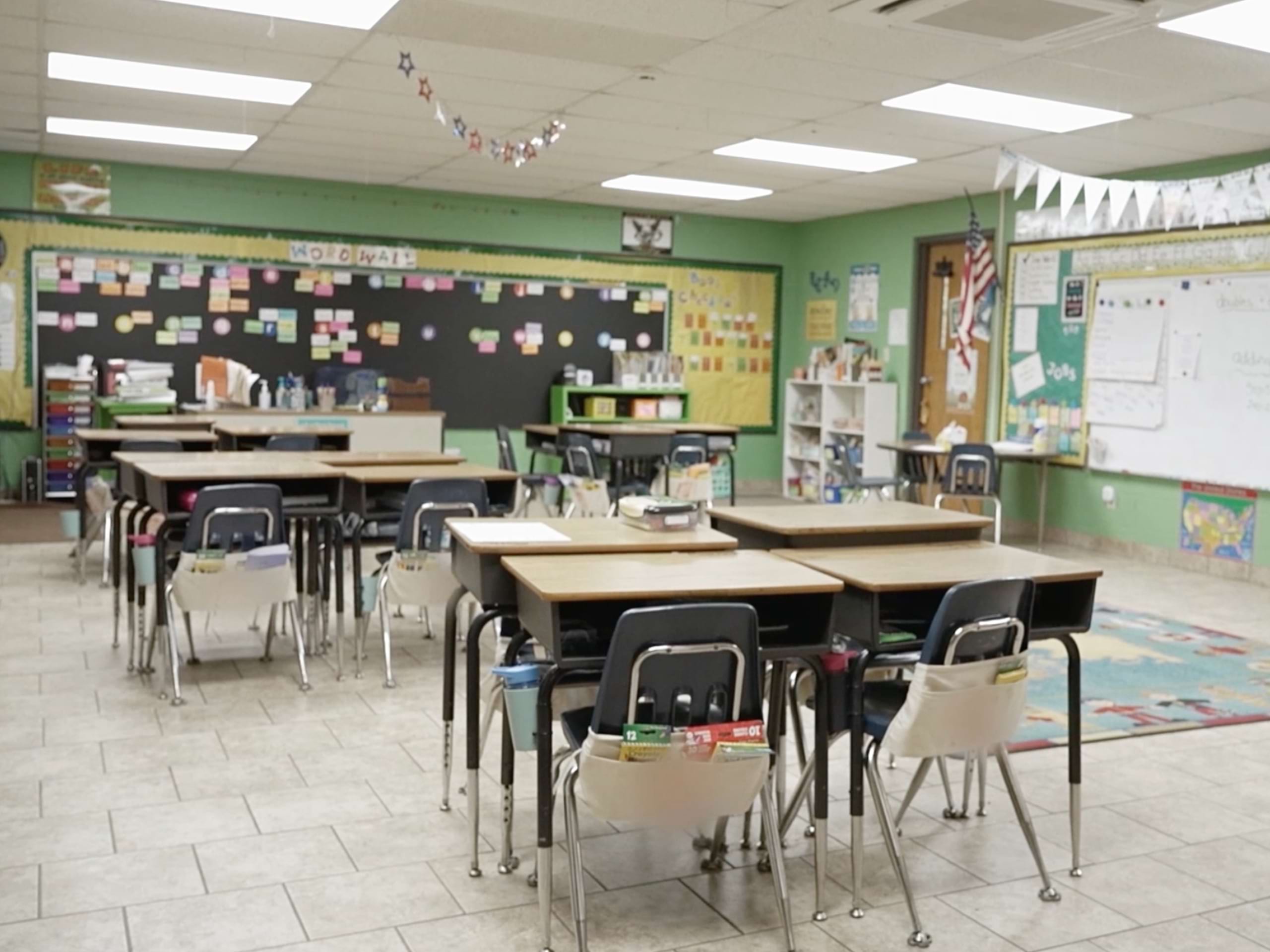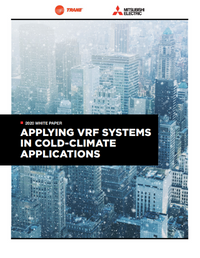
Blog
Trane ComfortSite is an extranet site designed to save you time. With your secure login, you can:
This is the login for Trane® Connect™ and other Trane® commercial applications. Trane® Connect™ is our secure, cloud-based customer portal to access your building systems to remotely monitor and manage building systems, and conduct routine maintenance.
Selecting a language changes the language and content on the Trane site.
Looking for Revit files? Visit our Resource Library for more information.
Latin America
Europe
Asia Pacific

Discover which experts from Trane will be presenting and what topics they will cover at the upcoming ASHRAE Winter Conference and AHR Expo
This white paper discusses six options contractors and engineers can use to solve derating challenges, even in climate zones 5 and 6:
1. VRF flash-injection technology—injecting a small amount of mixed-phase refrigerant to cool the compressor, allowing it to perform at higher speeds without failing due to friction and heat built-up. This technology creates the opportunity to size units based upon heating loads and use the VRF system as a sole source for heating. For example, CITY MULTI® VRF systems with Hyper-Heating INVERTER® (H2i®) technology can provide up to 100% of heating capacity down to -4°F.
2. Auxiliary heat—using a non-VRF backup system such as electric resistance, baseboard hydronic wall fin radiant heat or duct coils mounted downstream of an air handler. Systems may be set up using a Zone-by-Zone method, in which critical zones are covered by auxiliary heat, while non-critical zones are not. Or using a Global Method, in which all the building’s zones switch the VRF system to auxiliary heat at an adjustable ambient temperature.
3. Sole-source sizing based on heating—oversizing standard VRF systems for extra heating capacity. When using this approach, the designer will likely need to oversize the indoor units as well as the outdoor unit. Otherwise, the indoor units will be unable to use the extra capacity. Be mindful of heating derates as found in the VRF manufacturer’s selection software or engineering manuals when using this method.
4. Oversize DOAS system—a dedicated outdoor air system (DOAS) is typically designed to supply room-neutral air (between 70°F and 75°F) but could be upsized to provide additional heat. With the use of a recirculation air damper, an oversized DOAS can be used for emergency heat or morning warmup during winter.
5. Install outdoor unit inside—limiting derating and weather impacts during severe cold by installing air-source condensers inside the building. In this scenario, air-source condensers are installed in a mechanical room that serves as a recirculation air plenum or a pass-through air plenum, depending on the outdoor temperature. This approach can be expensive due to the number of dampers and louvers required but it allows the facility to locate auxiliary heat in a central location.
6. Water-source VRF systems—available as heat pumps or with heat recovery, water-source VRF systems are designed for indoor use and deliver greater efficiency and have less derating. It takes less energy to extract heat or reject heat into or out of water, compared to air. Also, a water loop offers a more refined and controlled temperature range, generally between 60°F and 90°F.
All-electric variable refrigerant flow (VRF) systems are positioned to replace fossil fuel burning equipment in almost any climate. Modern VRF systems far exceed the capabilities of conventional heat pumps at cold outdoor temperatures, as low as -31°F. When applied according to best practices and considerations for winter weather, today’s VRF systems can serve as the primary heating and cooling system, without requiring auxiliary heat.

Blog
November 22, 2023

Blog
October 10, 2023

Blog
August 15, 2023

Blog
July 26, 2023

